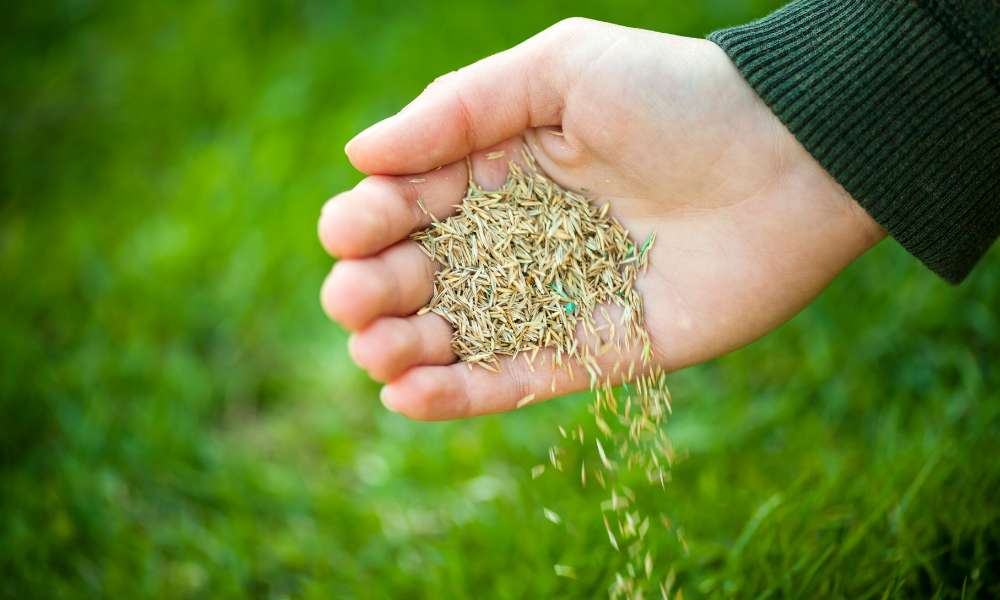A lush, vibrant lawn is the pride of many homeowners, How to seed a lawn with grass providing a welcoming carpet of green to enjoy and enhancing the curb appeal of any property. While achieving such a lawn might seem daunting, seeding your lawn with grass is a straightforward and rewarding process. In this comprehensive guide, we will delve into the step-by-step process of seeding a lawn, from preparation to maintenance, ensuring that you can cultivate a healthy and beautiful backyard that you’ll be proud of.
Understanding Your Lawn’s Needs
Before diving into the seeding process, it’s crucial to understand your lawn’s specific needs. Factors such as climate, soil type, sunlight exposure, and existing vegetation all play a significant role in determining which grass species will thrive in your lawns. Researching and selecting the appropriate grass seed for your region and conditions is the first step toward success.
Preparation is Key
A successful lawn seeding project begins with thorough preparation of the area. Start by removing any existing vegetation, including weeds, rocks, and debris. Use a rake or mechanical tiller to loosen the top layer of soil, ensuring good seed-to-soil contact and optimal germination.
Testing and Amending the Soil
Before seeding, it’s advisable to test your soil’s pH level and nutrient content. Soil testing kits are readily available at garden centers or through local agricultural extension offices. Based on the results of your soil test, you may need to amend the soil with lime to adjust the pH or add organic matter such as compost to improve soil structure and fertility.
Choosing the Right Seed
Selecting the right grass seed is critical to the success of your lawns. Consider factors such as climate tolerance, sun versus shade requirements, and desired aesthetic qualities when choosing a grass seed blend. Consult with local experts or extension offices for recommendations tailored to your specific region and conditions.
Timing is Everything
Timing plays a crucial role in lawn seeding success. In most regions, early fall is the ideal time to seed a lawn, as the soil is still warm, and there is typically ample moisture. Spring can also be a suitable time for seeding, but avoid seeding during the heat of summer or the freezing temperatures of winter, as these conditions can inhibit germination and establishment.
Sowing the Seed
When it comes time to sow the seed, there are several methods you can use, including broadcast seeding, overseeding, or hydroseeding. Regardless of the method chosen, aim for even coverage, taking care not to overseed or underseed any areas. After spreading the seed, gently rake the soil to ensure good seed-to-soil contact, which is essential for germination.
Watering and Care
Proper watering is crucial during the germination and establishment phases. Keep the seeded area consistently moist but not waterlogged, watering lightly several times a day if necessary to prevent the soil from drying out. As the grass begins to germinate and grow, gradually reduce the frequency of watering while increasing the amount of water applied to encourage deep root growth.
Fertilising and Maintenance
Once the grass has established itself, typically after several weeks, it’s time to begin a regular maintenance routine. Fertilize the lawn according to the recommendations for your chosen grass species, taking care not to over-fertilize, which can lead to excessive growth and thatch buildup. Regular mowing, watering, and weed control are also essential components of a healthy lawns maintenance program.
Troubleshooting Common Issues
Despite your best efforts, you may encounter challenges along the way, such as poor germination, weed infestations, or pest damage. By closely monitoring your lawn and addressing issues promptly, you can minimize damage and ensure the long-term health and vitality of your lawn.
Conclusion
Seeding a lawn with grass is a rewarding endeavor that can transform your outdoor space into a lush, vibrant oasis. By following the steps outlined in this guide and paying careful attention to your lawn’s specific needs, you can cultivate a healthy and beautiful backyard that will be the envy of the neighborhood. With proper preparation, the right seed selection, and ongoing maintenance, you’ll enjoy years of green, lush growth and endless enjoyment of your outdoor space.
